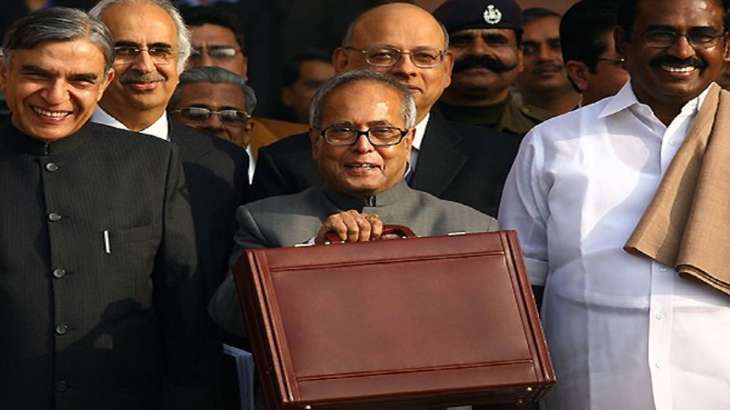‘Rollback Budget’, ‘Black Budget’: How India’s 9 most iconic Budgets got their names

The Union Budget is usually announced annually by the Finance Minister of India in the Parliament. The Budget typically includes the government’s revenues and expenditures for the upcoming financial year, which begins on April 1 and ends on March 31. The Budget also includes proposals for tax changes and other economic policy measures. Here’s a list of Budgets that made headlines for their positive as well as negative factors.
First Budget of the Republic of India: The blueprint for the formation of the Planning Commission was outlined in this Budget, which was presented by Congress Finance Minister John Mathai. The Planning Commission determined how best to make use of the nation’s resources and evaluates them all. The Planning Commission’s first chairman was Jawaharlal Nehru. However, January 1, 2015, a Cabinet resolution was passed to replace the Planning Commission with the newly formed NITI Aayog (National Institution for Transforming India).
ALSO READ: Ways to manage your budget in tough times: 6 tips
Rollback Budget: During the NDA government’s tenure, Yashwant Sinha presented the 2002-2003 Budget. The Rollback Budget is the name given to the budget of the NDA government led by Atal Bihari Vajpayee as many of the proposals for 2002–03 were either dropped or changed.
Plan for the Millennium: In 2000, Yashwant Sinha presented the Millennium Budget. The Millennium Budget of Sinha offered a plan for the growth of India’s information technology (IT) sector. Software exporter incentives were phased out in the Millennium Budget. Computers and computer accessories’ customs duties were also reduced in the Budget for 2000.
The Ideal Budget: P Chidambaram presented the Budget that was went on to be known a “dream budget” between 1997 and 1998 by implementing the Laffer Curve theory to lower tax rates and boost revenue.
ALSO READ: India expected to become USD 7 trillion economy in seven years: Chief Economic Advisor
Budget of the Time: In 1991, Manmohan Singh’s famous Budget brought an end to the License Raj and began an era of economic liberalization. India was on the verge of economic collapse at the time Singh presented his landmark budget in Parliament.
Budget with Sticks and Carrots: The License Raj was ended by the PV Narasimha Rao government in 1991, but the first steps were taken to get rid of the system when VP Singh presented the Union Budget in 1986. The then government also launched a campaign against tax evaders, smugglers, and black marketers.
Black Budget: The budget for 1973–74, which was presented by Yashwantrao B. Chavan during the Indira Gandhi administration, was referred to as the “Black Budget” because the fiscal deficit for that year was Rs 550 crore.
Pranab Mukherjee’s 2012 Budget: The General Anti-Avoidance Rules, or GAAR, were introduced by the government in Budget 2012-2013. Retrospective changes to the Income Tax Act that made it possible for the government to pursue tax dues arising from the $11 billion Vodafone-Hutchison deal sparked a significant amount of controversy in the Budget.
Jaitley’s 2017 Budget: The railway Budget was merged into the general Budget by the then Finance Minister Arun Jaitley in 2017, ending a 92-year-old tradition of having a separate. This was the first budget after the Modi administration made two significant decisions: the Goods and Services Tax (GST) and Demonetization. The agriculture sector, healthcare, and financial management were the main themes of the Budget that Jaitley presented.
Latest Business News
For all the latest Business News Click Here
For the latest news and updates, follow us on Google News.

